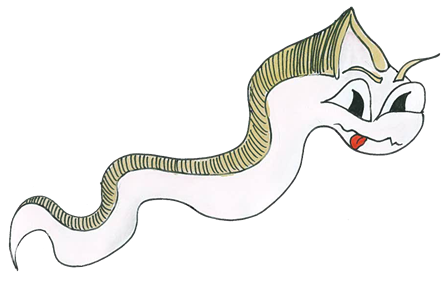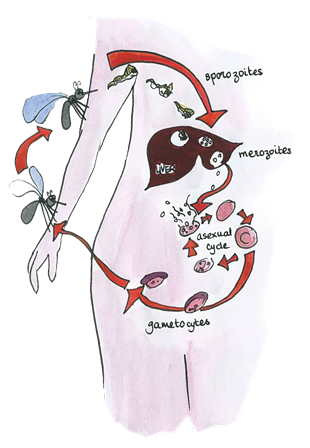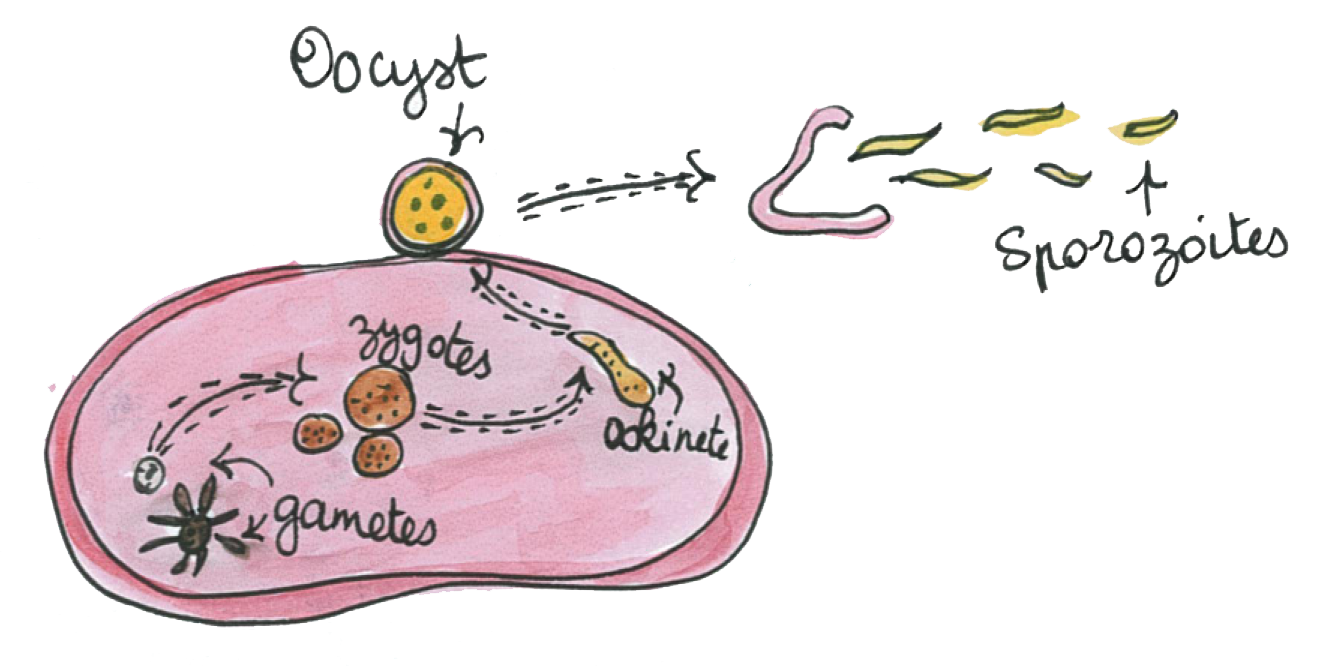Team:EPF Lausanne/Project malaria
From 2010.igem.org
(→Malaria) |
(→Malaria) |
||
| Line 43: | Line 43: | ||
[[Image:Mousquito_and_asaia_4.png|right|150px|caption]] | [[Image:Mousquito_and_asaia_4.png|right|150px|caption]] | ||
| + | [[Image:Gut2.png|left|300px|caption]] | ||
Revision as of 22:15, 26 October 2010


Malaria
Malaria is a parasitic disease killing more than 1 million people every year, in tropical and subtropical countries. This disease is transmitted when a mosquito takes its bloodmeal from a human infected with malaria. The parasite infects the mosquito, develops inside of it and finally is transmitted to the next person the mosquito bites.
EPFL iGEM team decided to try to act on the mosquito stage, by preventing the ookinete to cross the midgut epithelium and transform into an oocyst.
Malaria cycle in human: the infection starts when a mosquito takes its bloodmeal from a human a releases the sporozoites that developed in its salivary glands. The sporozoites travel in the human blood stream until they reach the liver. At that point, they invade the hepatic cells and turn to merozoite. The merozoite multiply until they break the liver cell and return to the blood stream where they infect red blood cell. At this stage they develop following an asexual cycle and remain in the blood stream. The parasite is then hidden from the immune system and no way to get rid of it has been found yet. Some merozoite differentiate into gametocytes, and these are the cells that are waiting for the next mosquito to take his bloodmeal...

 "
"




















